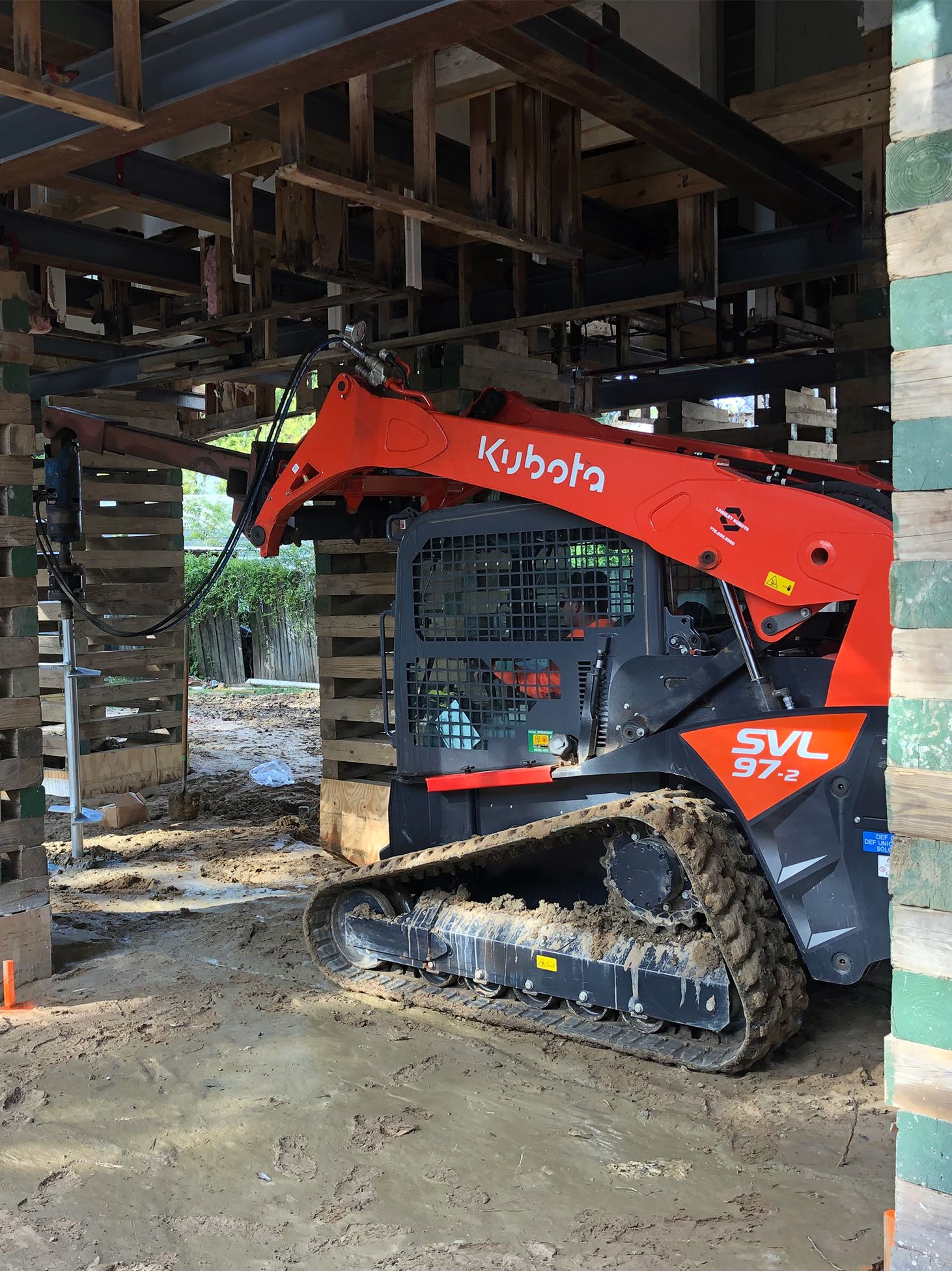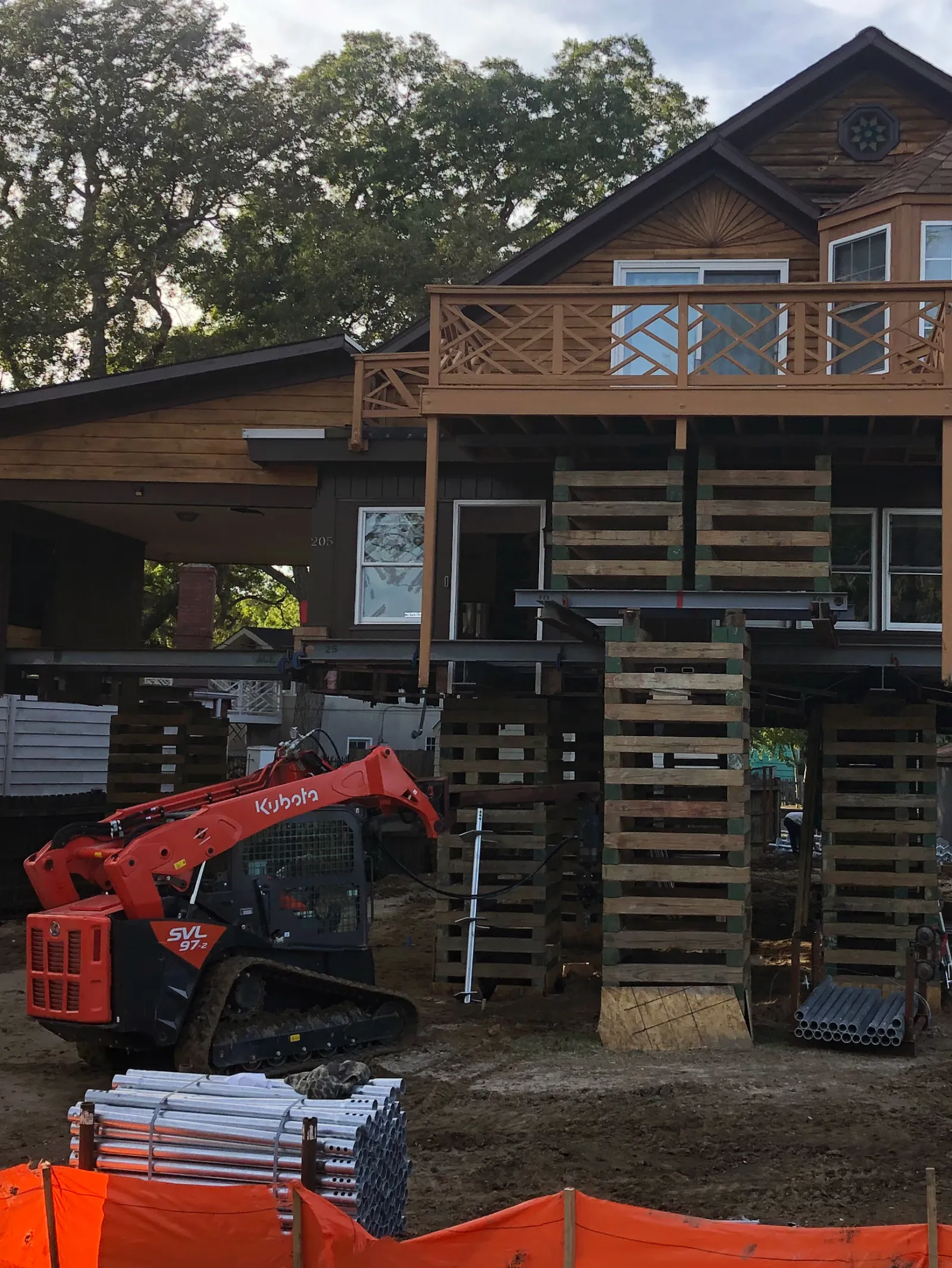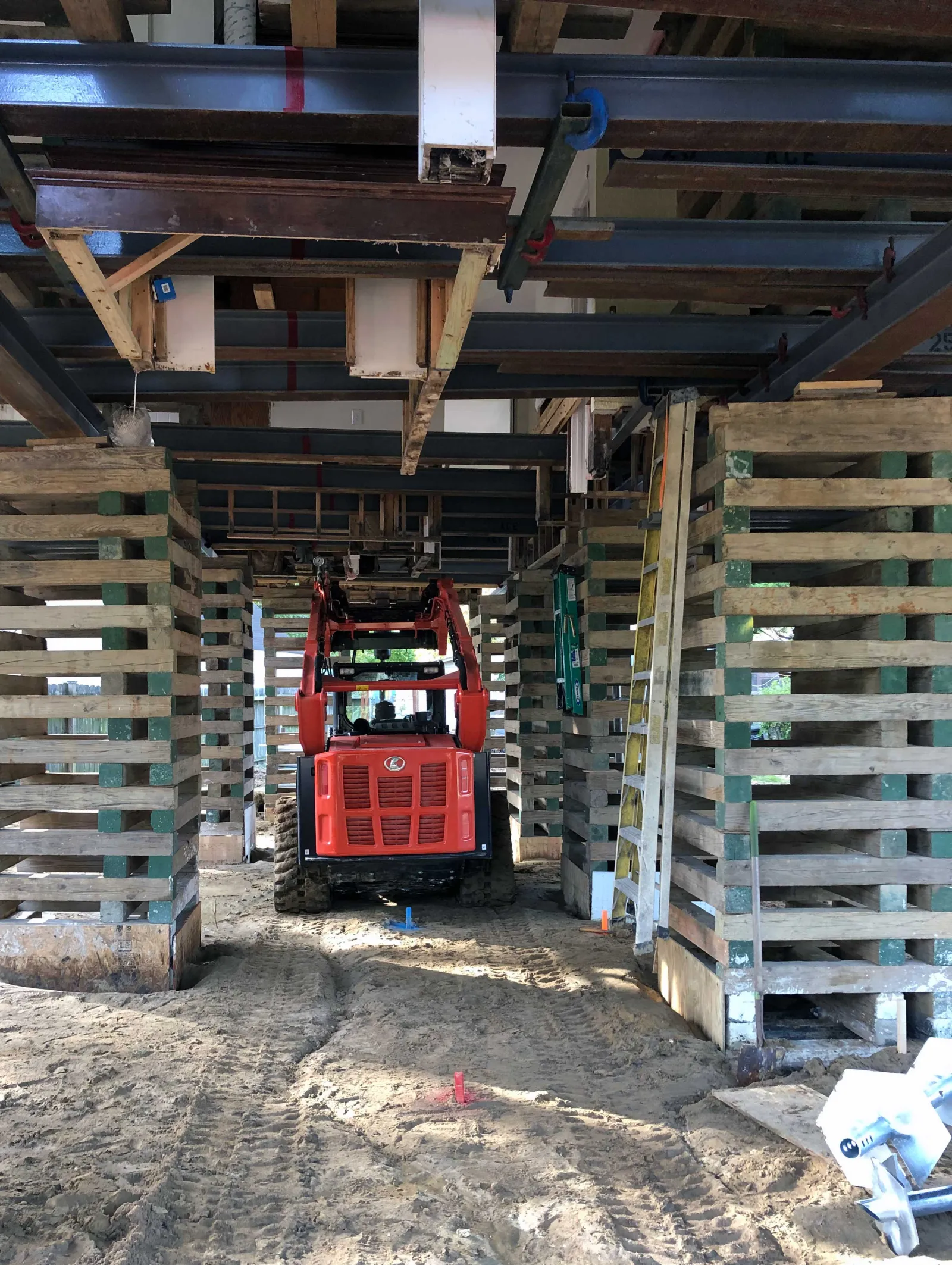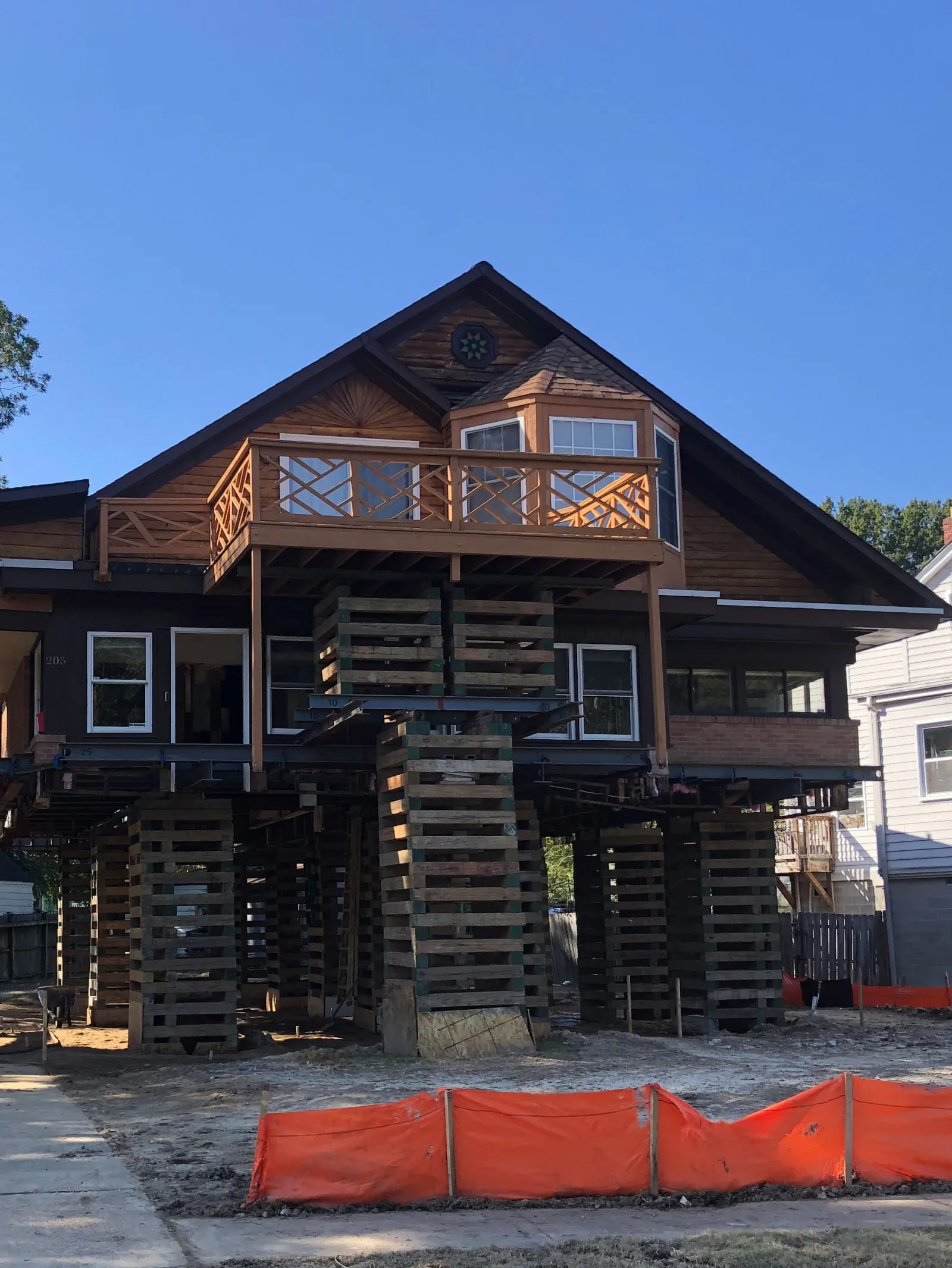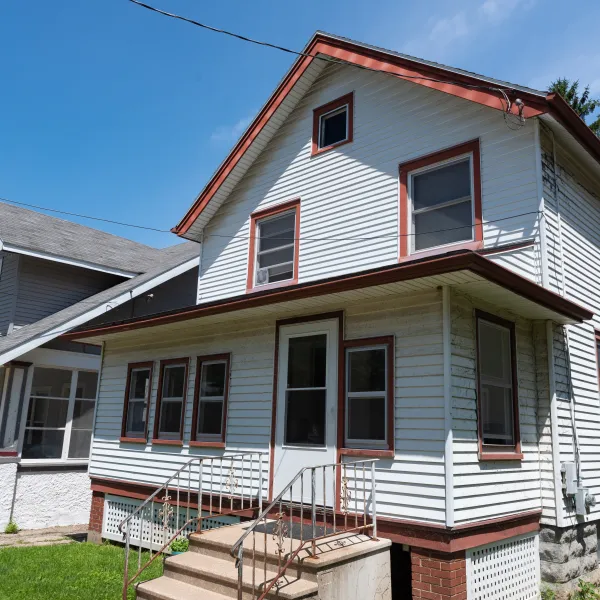
Case Study
Foundation Support for Elevated Home – Hampton, VA
Situation
The residence in Hampton, VA, originally constructed in the late 60's or early 70's had repeatedly experienced flooding due mainly to its elevation and proximity to tidal waters. To avoid further damages from future storms, the decision was made to elevate the existing structure 6.8' above the existing grade on a deep foundation system. The project was turned over to a local General Contractor, CPG Inc., capable of this type of residential restoration following designs by an engineering firm and suggested foundation systems from a geotechnical firm.
Scope of Work
The restoration design consisted of elevating the structure off the existing slab foundation to an elevation that would permit mobility underneath for construction of the new foundation. Considering all the difficulties of accomplishing the tasks of undercutting the footing excavations to likely 5' or more below existing grade, stabilizing those excavations, and dewatering during these operations, as well as considering this will need to be performed from underneath the raised structure it was determined that the use of steel helical piles would be a more cost effective and efficient method for permanent stability. Prior to elevating the structure, discussions were made with the General Contractor advising them of working dimensions for our equipment, and most importantly, the headroom allowances. A minimum 10' headroom clearance from the support beams to grade was decided upon, which allowed sufficient space to accommodate the headroom needed for pile installation.
Anchor System
The Engineer's design consisted of 43 helical piles with a design load ranging from 12 Kips to 23 Kips. A pile layout was carefully drawn up by the Engineer showing required design loads for each pile location. Report from the Geo-Tech indicated they expected the pile capacities to be developed within the sand soils found in Stratum III at 34' - 60' below grade. Review of the soil borings by Cantsink's Engineering Staff concluded that a multi-helix, such as a 12/14/16 helix configuration was more likely to develop the load capacities at shallower depths to eliminate the threat of additional piling expenses. Cantsink's two-man team installed the 43 helical piles, in two days, total footage of 1,756 LF completed. The 2-7/8" OD galvanized pipe pile was installed with a skid steer loader. A Pro-Dig Torque monitor, model MEB006 was used throughout the pile installation to verify the torque achieved at each pile location. Proper recordings were kept on the pile log which was later turned over to the Engineer of Record as proper documentation for the completed piles.
Results
The piles were installed to meet or exceed the design requirement without disruption of the site and temporarily supported structure. The piles reached the soil layer classified as Stratum III as suggested by the Geo-Tech Engineer. Equally important the piles were completed on budget by the Cantsink crew, and on schedule preventing delays in the project.
